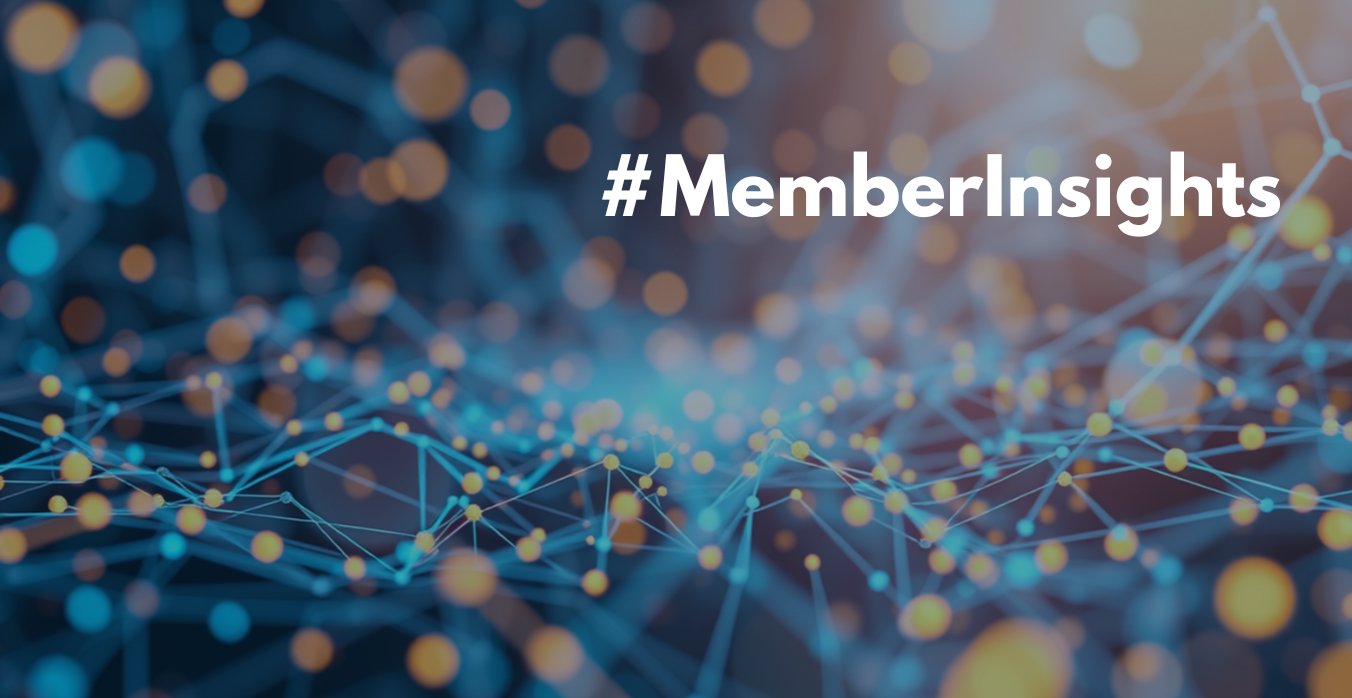
In high-stakes environments such as financial compliance, cross-border contracts, or manufacturing quality control, asking an AI assistant for guidance can feel effortless. The answers arrive instantly, confident and polished as if they’re perfect to be used as-is. However, they may be drawn from outdated or incorrect documents.
16 October 2025

It’s easy to assume that good service is a given in today’s business world. But recent research tells a different story: while expectations are higher than ever, many organizations still miss the mark, often in the small details that shape how people feel. Whether you're running a consulting firm, law office, or creative studio, the way you treat clients, colleagues, and partners can set you a ...
The European Union has set a global precedent with the entry into force of the EU AI Act, the world’s first comprehensive legal framework for artificial intelligence. With its extraterritorial scope, the regulation applies far beyond Europe, creating a new landscape of compliance for U.S. businesses that develop, use, or distribute AI solutions targeting the European market. ...
Recipient of the 2024 Serge Bellanger Graduate Business Scholarship, Jennifer Flanagan, shares how the FACC Foundation “gave [her] the freedom to pursue [her] dream of becoming a global leader, with the confidence that the U.S.–France connection running through [her] life was recognized and supported.” Read her story of financial hurdles overcome and opportunities unlocked. ...
We are pleased to introduce our valued member, Christophe Girardier, Glimpact CEO and Co-founder. Christophe Girardier is a seasoned entrepreneur, a founder of 3 companies in the field of strategic consulting, with a particular focus on leveraging new technology and information systems for data-driven decision making. Girardier is now the President and Co-founder of Glimpact, and its subsidiary Gl ...
We are pleased to introduce our valued member, Oscar Blanchaer, Account Director, Orange Business. Oscar began his career as a ski instructor in France, spending seven years on the slopes while exploring the world with a backpack each summer. That global perspective helped him build a dynamic international career in telecom, with roles across Europe, Hong Kong, and now New York at Orange Business. ...
After a decade-long pause, the Orchestre National de France, one of the permanent orchestras of Radio France, will finally travel to America for a great tour from November 7 through 9, 2025. The orchestra will bring French music back to this unique musical stage, helping to strengthen the transatlantic bonds of friendship spanning the history, culture and tradition of United States and France. ...
What food companies need to know about hiring in the U.S. Market? Hiring in a new market is not just a logistical step, it’s a chance to build local expertise, deepen your understanding of customer expectations, and anchor your brand through people. For French food companies expanding to the United States, assembling the right team early on makes a real difference. Read more in this article. ...
We are pleased to introduce our valued member, Colette Cote, Founder of Côte à Côte Marketing Communications, and Strategic Marketing & Communications Leader. Colette is a bilingual, bicultural strategic marketing and communications leader with 15+ years of experience helping global innovation-driven companies. Read more about her experiences in this article. ...
We are pleased to introduce Emily Ayoob, Partner and Chair of French Desk, Tarter Krinsky & Drogin. Emiliy is a valued FACC-NY member who recently joined our Board of Directors. Emily is the chair of the Firm’s French Practice and a partner in the International Practice. Read more about her experiences in this article. ...